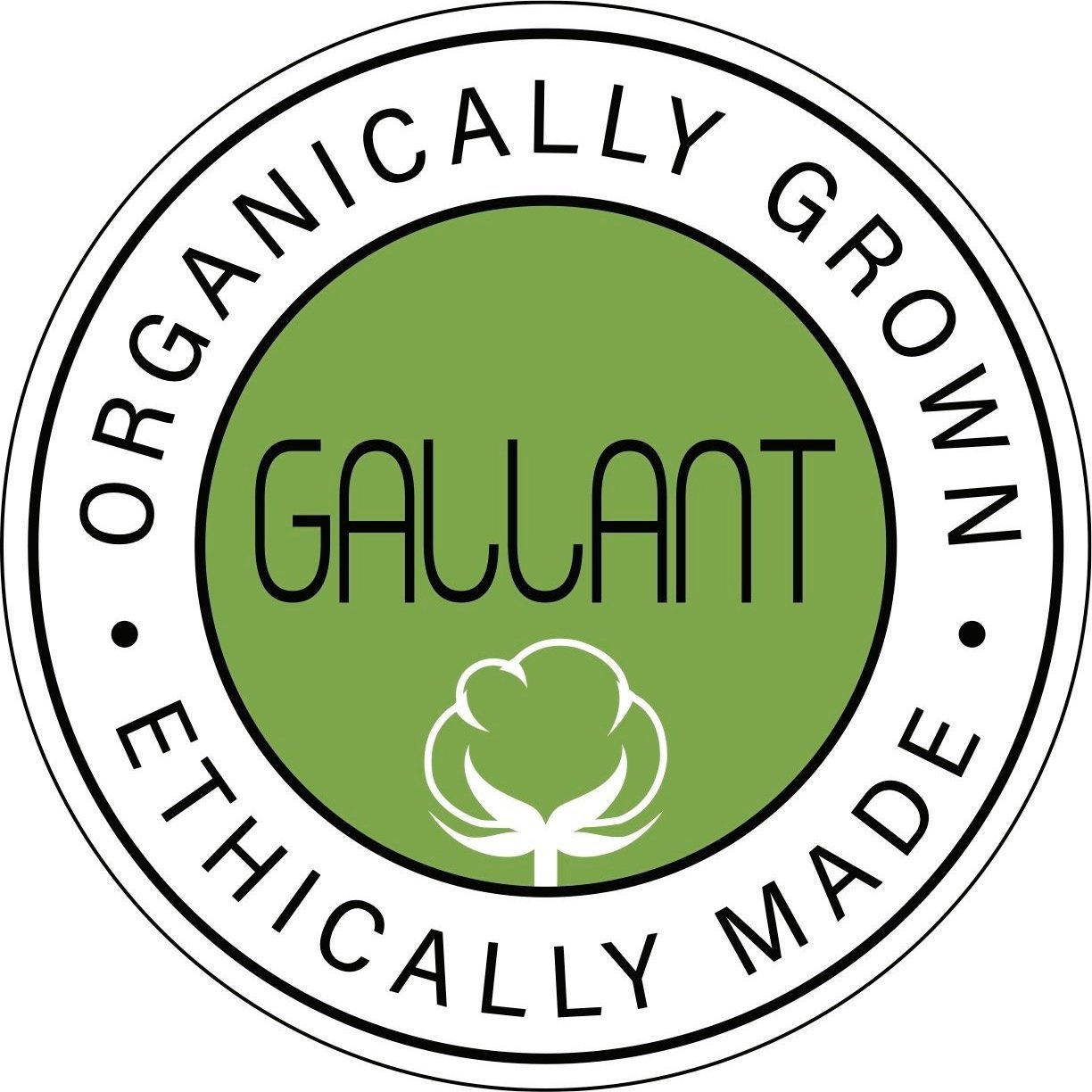2022 EWG's Dirty Dozen and Clean Fifteen
Table of Contents
Most of us prefer organic food to get the best value in terms of health and nutrition. Choosing organic means avoiding pesticide exposure, while contributing to a healthier food network for everybody- from harvest to consumption. And this entails knowing exactly which ones to buy and which ones to avoid.
The Environmental Working Group (EWG), a non-profit organization, annually updates the list of produce predicated on the levels of pesticide residue.
The Environmental Working Group's Clean 15 and Dirty Dozen lists the fruits and vegetables with the most and least pesticides every year. These selections can help you choose the best organic produce, the items worth spending money on.
Bell and hot peppers, along with Collard and Mustard greens have been added back to the dirty list this year, making it their second time.
Sweet corn and papaya make it to the clean 15, but EWG reports a small amount of these crops (and summer squash) grown from genetically modified seeds, encouraging to purchase the organic varieties to avoid genetically modified produce completely.
Meanwhile, avocados once again sit at the top of the 2022 Clean 15. That said, we have gathered below the latest list for the year 2022 to help you pick the clean 15 and avoid the dirty dozen.
Current EWG Food List— 2022
Clean Fifteen
Avocado
Sweet Corn
Pineapple
Onion
Papaya
Frozen Sweet Peas
Asparagus
Honeydew Melon
Kiwi
Cabbage
Mushrooms
Cantaloupes
Mango
Watermelon
Sweet Potato
*The fresh names on this year's list include mango, watermelon, sweet potato, displacing broccoli, eggplant, and cauliflower.
The Dirty Dozen
Strawberries
Spinach
Kale, collard, and mustard greens
Nectarines
Apples
Grapes
Bell and hot peppers
Cherries
Peaches
Pears
Celery
Tomatoes
*Most of the items on the list remain the same as the previous year, except for bell and hot peppers moving up a few spots— from number 10 to 7.
Check the report HERE.
